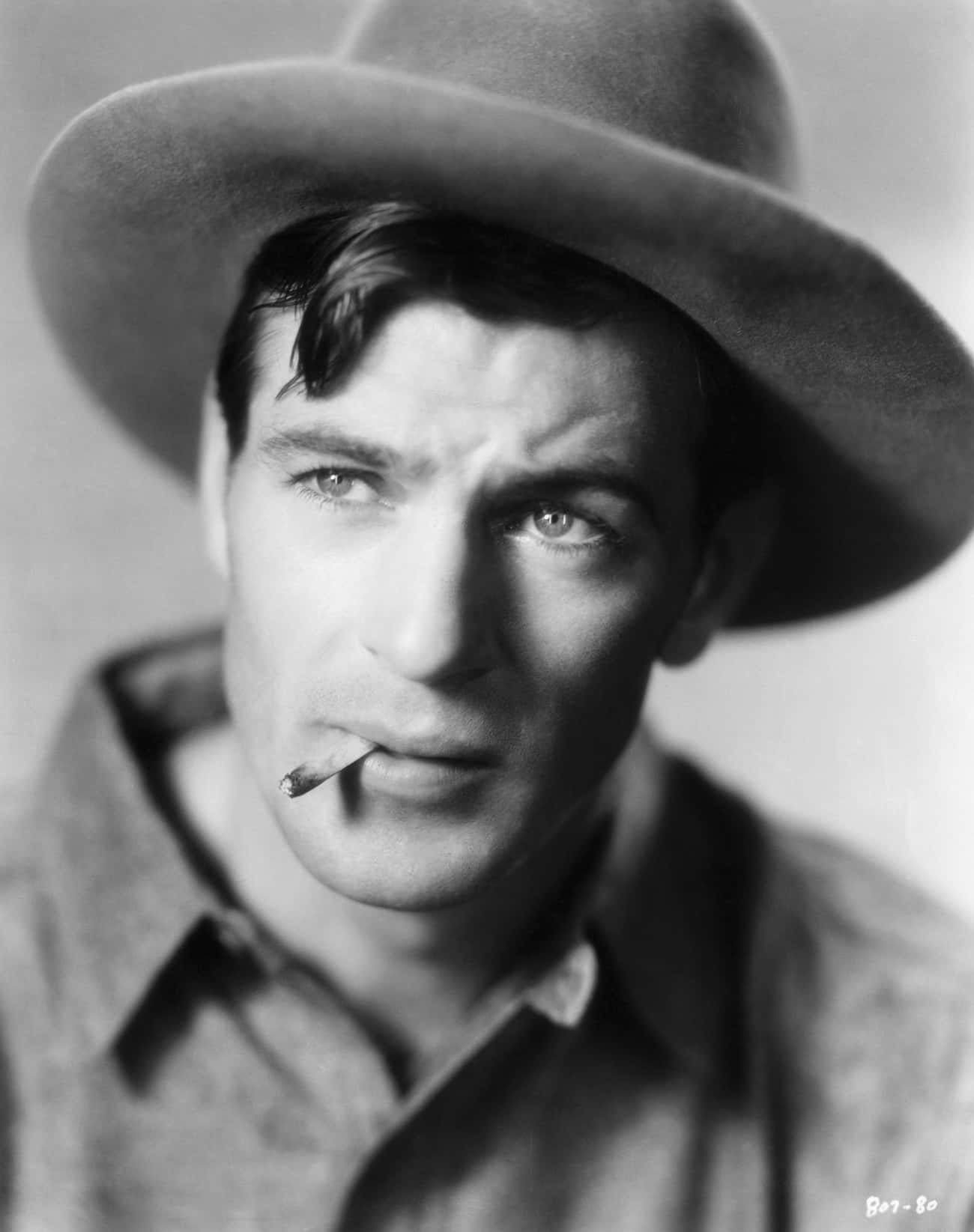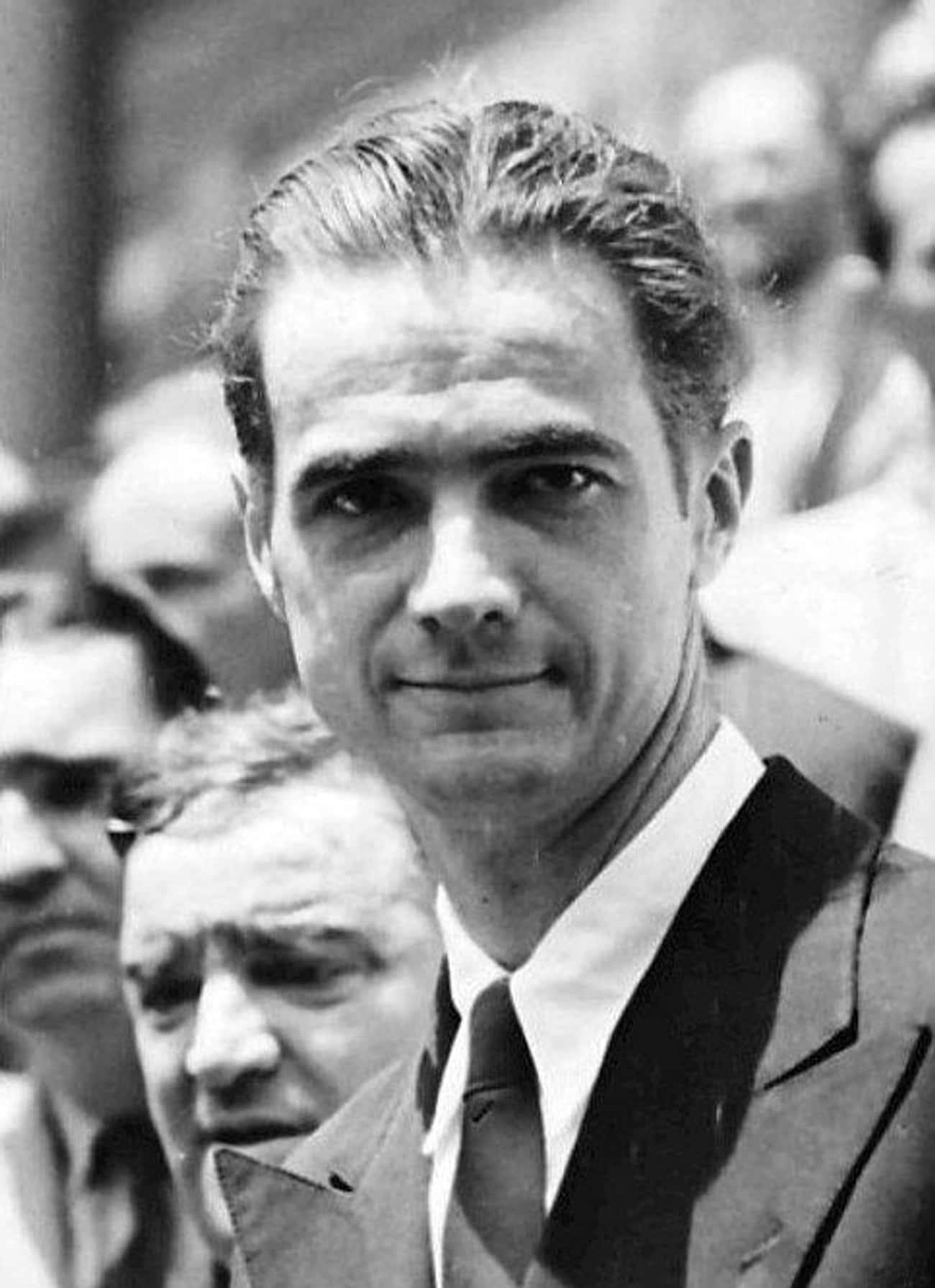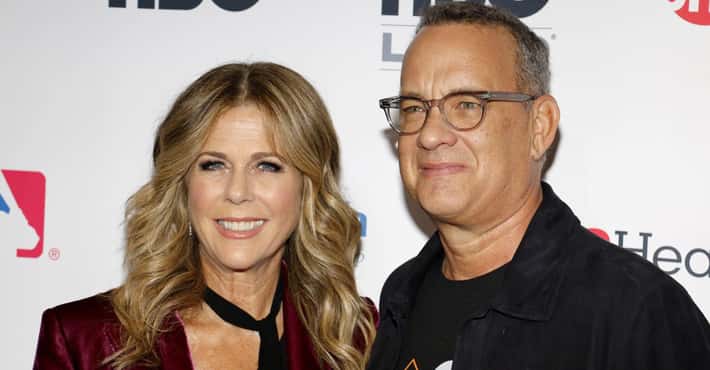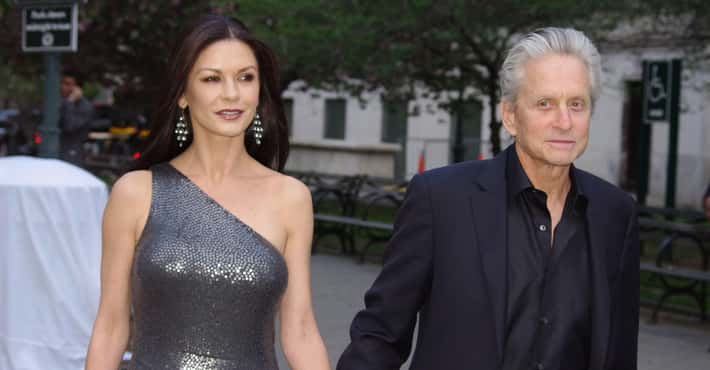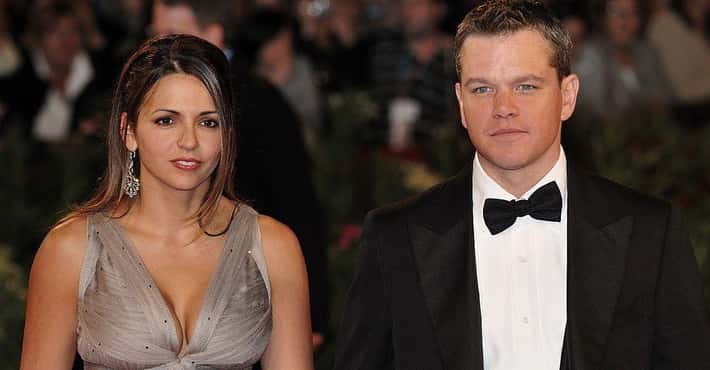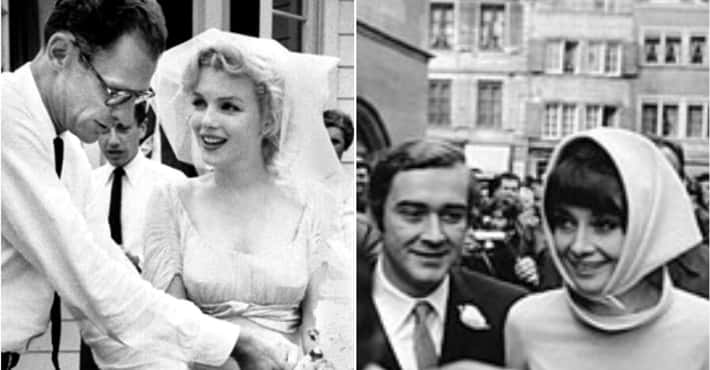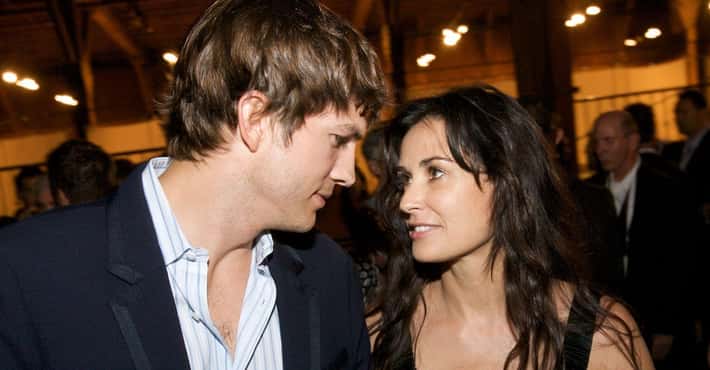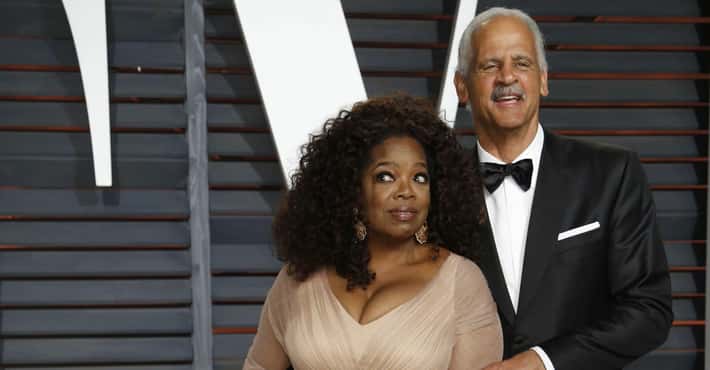
- Photo:
- Famous-Lasky Corporation / Paramount Pictures
- Wikimedia Commons
- Public domain
Clara Bow's Dating and Relationship History
- Béla Ferenc Dezső Blaskó (Hungarian: [ˈbeːlɒ ˈfɛrɛnt͡s ˈdɛʒøː ˈblɒʃkoː]; 20 October 1882 – 16 August 1956), better known as Bela Lugosi (; Hungarian: [ˈluɡoʃi]), was a Hungarian-American actor best remembered for portraying Count Dracula in the 1931 film and for his roles in other horror films.After playing small parts on the stage in his native Hungary, Lugosi gained his first role in a film in 1917. He had to leave the country after the failed Hungarian Communist Revolution of 1919 because of his socialist activism. He acted in several films in Weimar Germany before arriving in the United States as a seaman on a merchant ship. In 1927, he appeared as Count Dracula in a Broadway adaptation of Bram Stoker's novel. He later appeared in the 1931 film Dracula directed by Tod Browning and produced by Universal Pictures. Through the 1930s, he occupied an important niche in horror films, with their East European setting, but his Hungarian accent limited his potential casting, and he unsuccessfully tried to avoid typecasting. Meanwhile, he was often paired with Boris Karloff, who was able to demand top billing. To his frustration, Lugosi, a charter member of the American Screen Actors Guild, was increasingly restricted to minor parts, kept employed by the studio principally so that they could put his name on the posters. Among his pairings with Karloff, he performed major roles only in The Black Cat (1934), The Raven (1935), and Son of Frankenstein (1939); even in The Raven, Karloff received top billing despite Lugosi performing the lead role. By this time, Lugosi had been receiving regular medication for sciatic neuritis, and he became addicted to morphine and methadone. This drug dependence was known to producers, and the offers eventually dwindled to a few parts in Ed Wood's low-budget films—including a brief appearance in Plan 9 from Outer Space (1959). Lugosi, who was married five times and had one son, Bela George, died of a heart attack on August 16, 1956.More Bela Lugosi
- Dig Deeper...From Obscurity To Old Hollywood Monster Movies To Destitution: The Rise And Fall Of Bela Lugosi
- #256 of 574 onThe Best Actors In Film History
- #154 of 784 onThe Greatest Entertainers Of All Time
- Gary Cooper, born Frank James Cooper on May 7, 1901, was an iconic figure in the American film industry. Raised in Helena, Montana, he made his way to Hollywood where he left an indelible mark on the world of cinema with a career that spanned over three decades. With his rugged good looks and unique understated acting style, Cooper became one of the most popular and enduring stars of his time. Cooper's film career commenced in the silent film era in the 1920s, but it was in the era of sound where he truly cemented his legacy. He starred in more than 100 films, delivering memorable performances in various genres from westerns to romantic dramas. Some of his most acclaimed roles came in films such as High Noon, Sergeant York, and The Pride of the Yankees. For his compelling portrayal of characters in these films, he received five Academy Award nominations, winning Best Actor twice - for Sergeant York in 1942 and High Noon in 1953. Beyond his illustrious film career, Cooper was known for his distinct persona which often mirrored the characters he played on screen - a strong, silent type and an embodiment of American ideals and values. His off-screen life was marked by high-profile relationships and friendships with some of the biggest names in Hollywood. Cooper passed away on May 13, 1961, leaving behind an enduring legacy that continues to influence the world of cinema. His contributions to the film industry were duly recognized when he was posthumously awarded the Lifetime Achievement Award by the American Film Institute.More Gary Cooper
- Dig Deeper...Actors You May Not Have Realized Are Republican
- And Deeper...335+ Famous Taurus Historical Figures
- #154 of 574 onThe Best Actors In Film History
- Photo:
- RKO Pictures
- Wikimedia Commons
- Public domain
Gilbert Roland (born Luis Antonio Dámaso de Alonso, December 11, 1905 – May 15, 1994) was a Mexican-born American film and television actor whose career spanned seven decades from the 1920s until the 1980s. He was twice nominated for the Golden Globe Award in 1952 and 1964, and inducted into the Hollywood Walk of Fame in 1960.- Photo:
- Photo:
- Acme Newspictures
- Wikimedia Commons
- Public Domain
Howard Hughes, a name that resonates with aviation, filmmaking, and business, was born on December 24, 1905, in Houston, Texas. The son of a successful inventor, Hughes was nurtured amidst a backdrop of affluence and industry innovation, which ultimately paved the way for his own grand endeavors. A gifted student, he dropped out of Rice University to take the reins of his family's substantial fortune at the age of 18 following the untimely demise of his parents. This marked the inception of a career characterized by unprecedented achievements, accompanied by a fair share of controversy. Highly ambitious, Hughes dabbled in multiple industries. His initial endeavors were in the film industry where his work demonstrated an audacious flair. His most popular films include Hell's Angels and Scarface, both of which attracted great attention for their unconventional themes during the conservative era of the 1930s. A parallel passion for aviation led him to establish the Hughes Aircraft Company. Hughes, an accomplished aviator himself, set several world air speed records. His success in these diverse domains underscored his risk-taking spirit and innovative mindset. However, Hughes's life was not devoid of struggle. In later years, he was known for his eccentric behavior, reclusiveness, and health issues, widely speculated to be symptoms of obsessive-compulsive disorder. Despite these challenges, Hughes never ceased to astound the world with his ventures. He purchased and expanded Trans World Airlines (TWA) making it one of the leading airlines of its time. He also invested in real estate, notably in Las Vegas, contributing to its transformation into a major leisure and entertainment center. A life as intriguing as his ended on April 5, 1976, leaving behind a legacy that continues to inspire and fascinate.More Howard Hughes- #427 of 752 onThe Greatest Minds of All Time
- #1641 of 3,182 onThe Most Influential People Of All Time
- #20 of 28 onThe Greatest Pilot Characters in Film
- Photo:
- Leland Hayward (September 13, 1902 – March 18, 1971) was a Hollywood and Broadway agent and theatrical producer. He produced the original Broadway stage productions of Rodgers and Hammerstein's South Pacific and The Sound of Music.
- Photo:
- Paramount Pictures
- Wikimedia Commons
- Public domain
Victor Lonzo Fleming (February 23, 1889 – January 6, 1949) was an American film director, cinematographer, and producer. His most popular films were The Wizard of Oz and Gone with the Wind (both of 1939), for which he won an Academy Award for Best Director. Fleming has those same two films listed in the top 10 of the American Film Institute's 2007 AFI's 100 Years...100 Movies list.More Victor Fleming- #81 of 324 onThe Greatest Directors In Movie History
- #25 of 189 onFamous People Buried at Hollywood Forever Cemetery
- #1492 of 1,570 onThe Locations of All Hollywood Walk of Fame Stars
- Photo:



